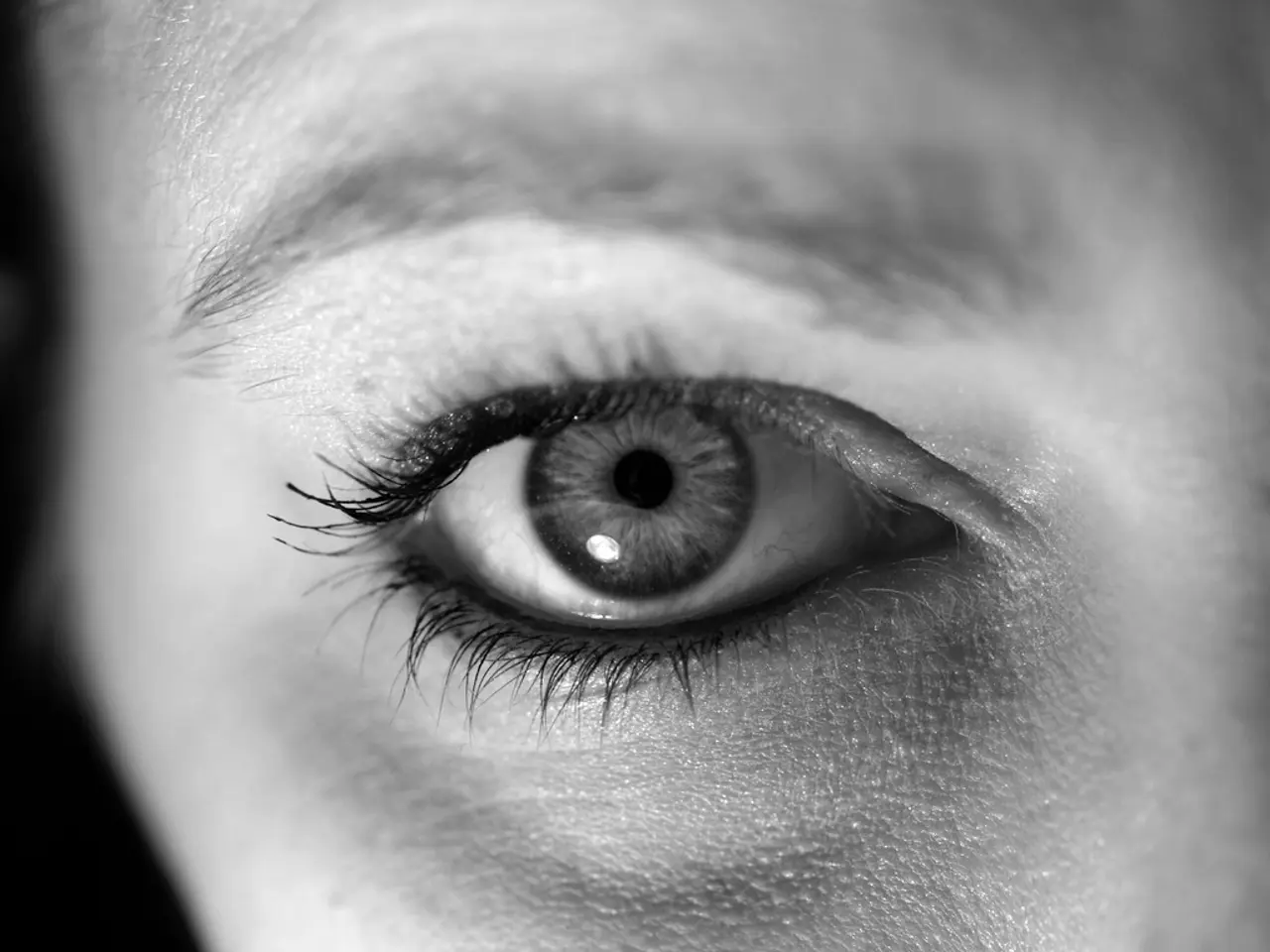Options for Treating Eye Wrinkles for Timeless Attractiveness
Under-eye wrinkles can be a common concern for many individuals as they age. Fortunately, there are several effective treatments available to help reduce their appearance.
The filler used in under-eye wrinkle treatments is made of polysaccharides to simulate soft tissue and is generally safe, causing only bruising. One of the most effective treatments for reducing under-eye wrinkles is Botox, a type of botulinum toxin.
Botox works by relaxing the tiny muscles around the eyes that cause dynamic wrinkles, such as crow’s feet formed by smiling or squinting. It provides a smoother skin appearance, with results typically visible within 3–5 days after a quick in-office treatment, lasting about 3–4 months. Botox is especially effective for wrinkles that appear with muscle movement rather than static lines.
Another treatment option is injectable fillers, often hyaluronic acid–based. Fillers fill in deeper wrinkles and restore volume under the eyes, smoothing the skin contour and reducing the shadowing that emphasizes wrinkles. Fillers act immediately and are considered a good option if Botox is unsuitable, although the exact duration varies depending on the product used.
Retinol or retinoid creams, including tretinoin, are also effective in reducing under-eye wrinkles. They stimulate collagen production and skin cell turnover, improving skin firmness, hydration, and smoothing fine wrinkles over several months of consistent use. For example, Murad Retinol Youth Renewal Eye Serum showed in lab tests a 33% increase in skin firmness, a 7% reduction in wrinkles, and visible improvement in under-eye bags over time, with the benefit of being lightweight and well-tolerated. Retinoids are generally used at night, require several months to show significant improvement, and are a less invasive alternative to injections.
Collagen-stimulating eye creams with peptides or extracts can firm and lift the skin modestly, providing both immediate tightening effects lasting a few hours and gradual collagen support with regular use. These creams can complement other treatments by improving skin texture and hydration but typically do not offer as dramatic results as injectables or prescription retinoids.
In summary, Botox is best for dynamic wrinkles caused by muscle movement, fillers for restoring volume and filling deeper lines, and retinol/collagen creams for longer-term skin tightening and fine wrinkle reduction. Often, a combination of these approaches yields the most effective and natural-looking improvement. Potential side effects of injectables include temporary bruising or swelling, and they are not recommended for everyone. Retinoids may cause irritation initially, so starting with lower strengths is advised.
When it comes to addressing under-eye wrinkles, a dedicated skin routine and some investment are required. Collagen and retinol are both beloved supplements and skincare ingredients for skin health and anti-aging effects. Collagen, a building block of the skin, can be consumed in supplement form or applied topically for skin health and glow. Retinol, another building block of the skin, is applied directly to the skin to encourage cell growth, especially on the eyelids.
It's important to note that Botox should not be the first choice for treating eye wrinkles; other anti-aging eye products should be tried first. Under-eye wrinkles can get up to 2mm deep, and while injectable fillers are another method for reducing under-eye wrinkles, no specific details about this method are provided in this article.
In conclusion, with the variety of treatments available, you can find the best solution for reducing under-eye wrinkles that suits your needs and lifestyle. Whether you prefer non-invasive options like collagen and retinol creams or more immediate results with injectables like Botox and fillers, there's a treatment out there for you. Consult with a dermatologist or skincare professional to determine the best course of action for your under-eye wrinkle concerns.
- Collagen-based supplements and topical retinol products are popular for overall skin health and anti-aging effects, playing a role in addressing under-eye wrinkles.
- In collaboration with a dermatologist or skincare professional, one may choose to combine non-invasive treatments like collagen and retinol creams with more immediate methods such as Botox or injectable fillers for comprehensive under-eye wrinkle reduction.




